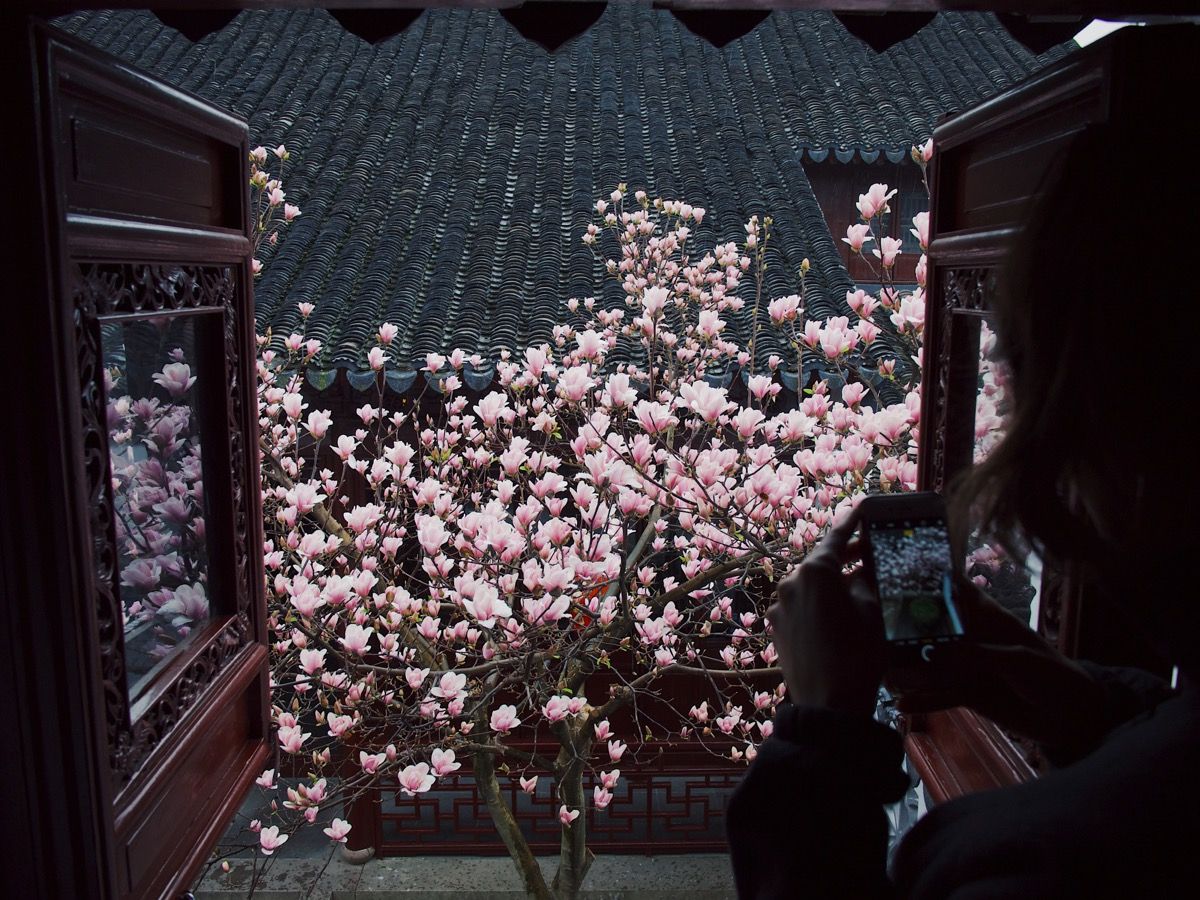I’m up north again with Julia this weekend, and find myself still booting into my Detroit body, the one that cooks food at home and journals in the morning, that goes to the unfinished house to set tile and leaves sore-armed and dusty-jeaned. The one holding for editorial feedback, readying to start the next draft of the book.
I’ve said this to you about New York but I remembered again it when in Shanghai: In a city of so many people, you’re confronted over and over by the talents of others. You’ll come across vendors on the street, selling their paintings or pottery, who have remarkable talent (and skill and practice, too). It’s humbling; you think yourself a relatively capable person, dabbling or even well-practiced in some of those fields, but then you’re faced both how common the talent and skill seem, and how behind you are, with how many hours of work you would need to put in just to get to their level. (I feel this same way when I walk into a big bookstore, or when I play Fortnite.)
Maybe you’ve found a vocation when you see the above as not only humbling but also motivating.
Friday we watched Sky Ladder: The Art of Cai Guo-Qiang, a film that falls into a genre of documentary best summed up as “Obsessive Artist is Obsessive.” (I’m pretty sure this is one of those hidden Netflix categories.) If, as a viewer, you go into these movies expecting some huge revelation about creativity, you’re likely going to be disappointed. The big surprise, if there is one, is very often in how simple and pure their subjects’ success-granting obsessions are. (And maybe how simple and pure those obsessions can afford to be, as the subjects are very often male.)
That’s not to say the movies aren’t worth watching; a thrill of genre-anything is in seeing the particulars of how each individual work relates to its genre. The better ones here are about the contrast between a openly public obsession and a deeply private emotional life (Bill Cunningham, New York); the inability to give up an obsession (Never-Ending Man: Hayao Miyazaki); the burden of the obsession on the person’s family (Jiro Dreams of Sushi); the physical and emotional tolls of the obsession on the artist (Marina Abramović: The Artist Is Present).
Watching these films, it can be very easy to come away with the lesson that artists have to be either tortured or oblivious – that their obsessions are the result of early trauma, or that the success from these obsessions are the result of dumb luck.
But I think that first conclusion can be damaging, and the second is lazy. The difference between the artists in these documentaries and the talented person on the street is more than just luck; the difference is that the former have found distinct points of view. Their obsessions were important in as far as they acted as blinders, that over time allowed these artists to continue to clarify their points of view and, in essence, become more and more themselves. What’s valued is not so much their talent or skill, though they do have plenty; what’s valued is more the perspective through which that talent and skill is expressed.
Maybe the better lesson here is to pay attention to your own obsessions – not to let them take over your life, but to think of them as another wind, urging you toward your own ways of seeing.
